Offshore Scotland’s western coast, lie the rugged islands and islets of the Outer Hebrides. A windswept archipelago formed by the harsh conditions of the Northern Atlantic, the Western Isles are a mesmerising travel destination graced with a rich history and beautiful Gaelic traditions reaching back hundreds of years.
I was fortunate enough to spend three entire weeks traversing this stunning island chain arching along the western edge of Scotland. A last frontier of human habitation jutting from the stormy, untamed depths of the Atlantic Ocean, before the briny sea, at long last, rules unhindered.
From the barren hills of Barra to the verdant pastures of Berneray, and the precipitous sea cliffs of St. Kilda to the waving dunes of Uist, the scenery is grand yet frugal, empty yet abound of life.
The roots of tradition run deep throughout these isolated islands, the modern-day heartland of the Gaelic community in Scotland, and although the Outer Hebrides have struggled under massive depopulation ever since the dire days of the Highland Clearances in the 18th century, age-old customs still thrive, eagerly kept alive by the hardy folk that call these secluded swaths home.
In a country already blessed with some of Europe’s most spectacular nature, the Outer Hebrides add yet another fascinating and beautiful layer to the sublime land that is Scotland.
Fàilte gu na h-Eileanan Siar!
Welcome to the Outer Hebrides!
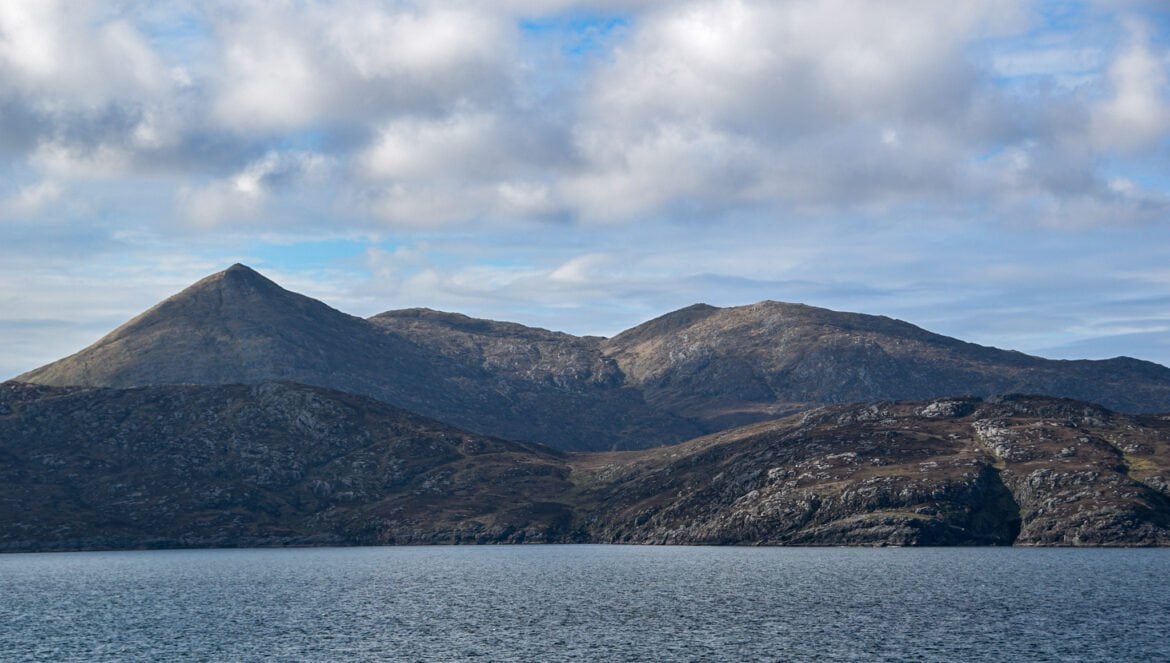
At the horizon, the rugged hills of Barra rise from the darksome waters of the restless sea, a first spectacular glimpse of the Outer Hebrides seen by visitors arriving by ferry from the Scottish mainland.

Hugging the jagged shoreline, the senic fishing village of Castlebay, Barra’s largest settlement, constitutes the main port in the south of this remote archipelago.
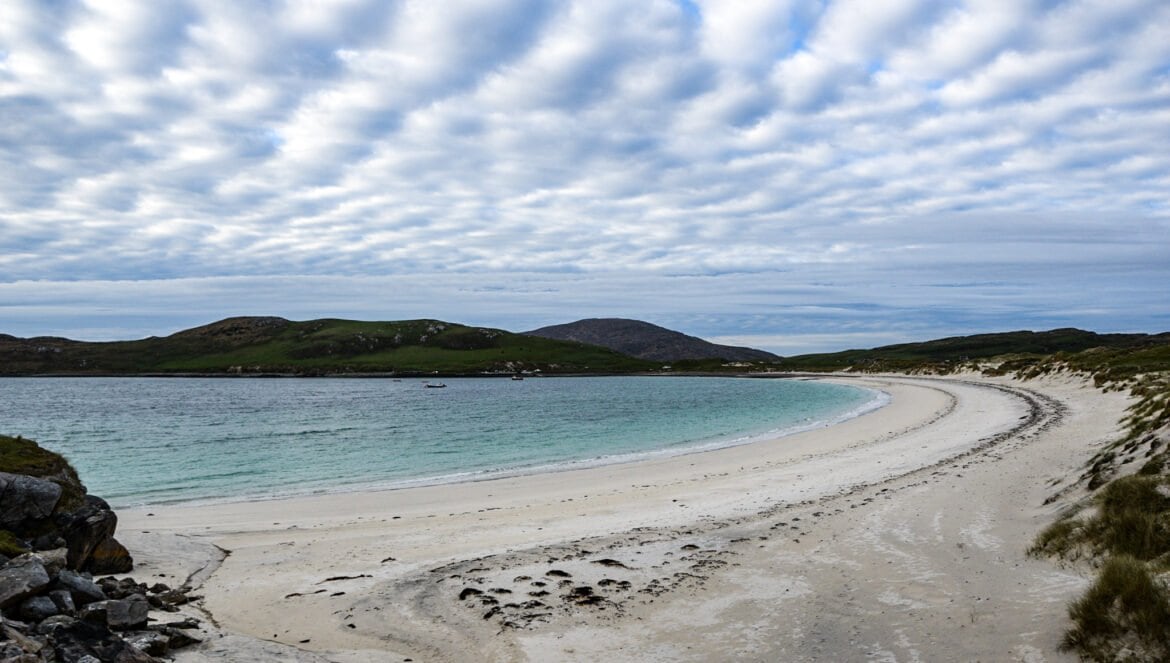
Connected to Barra via causeway, Vatersay is one of the most beautiful islands in the Outer Hebrides.


Not only is Vatersay the starting point of the Hebridean Way, a long-distance hike terminating 250km further north in Stornoway on the Isle of Lewis, but also home to some of the Outer Hebrides most pristine beaches.
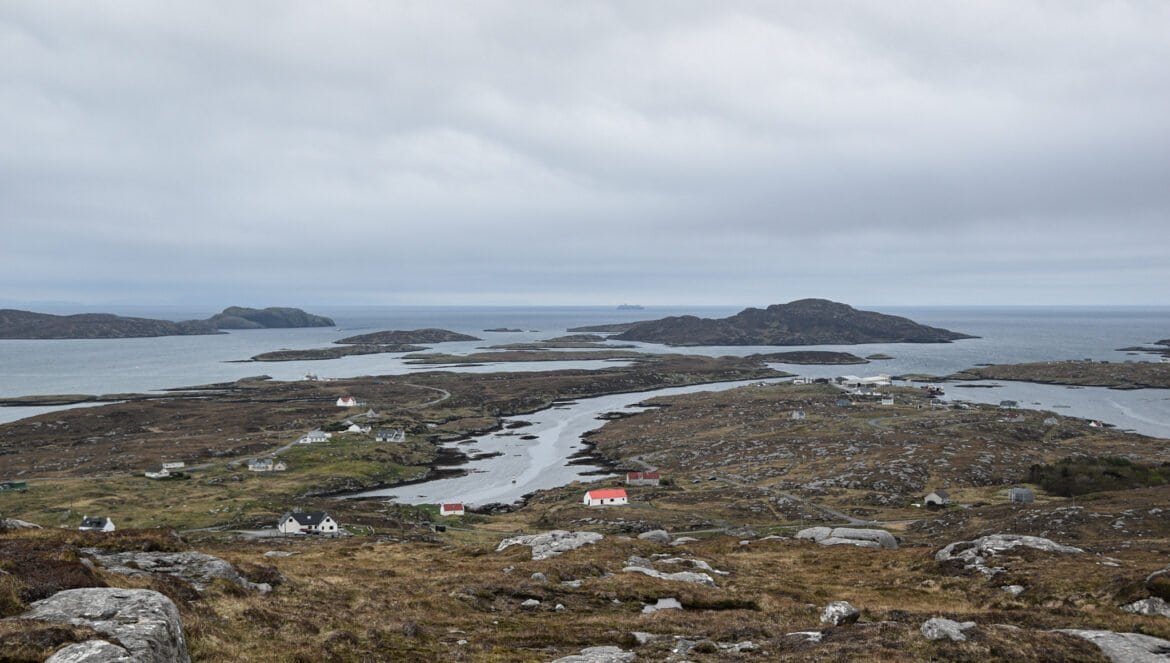
Less than 27.000 people (and falling) populate the Western Isles. While the rapid demographic decline poses significant challenges for the locals, this sparsity of human habitation is a dream for outdoor enthusiasts.
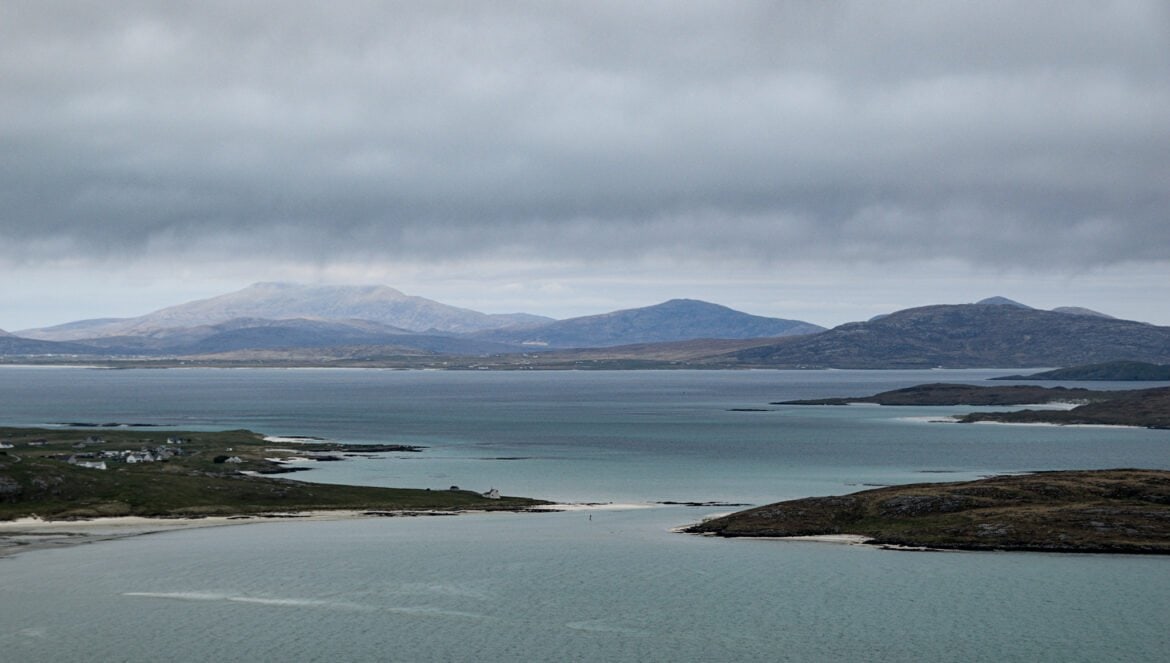
Although the majority of islands lie close enough to be linked by giant causeways, ferries still run between Barra and Eriskay, as well as Berneray and Harris.
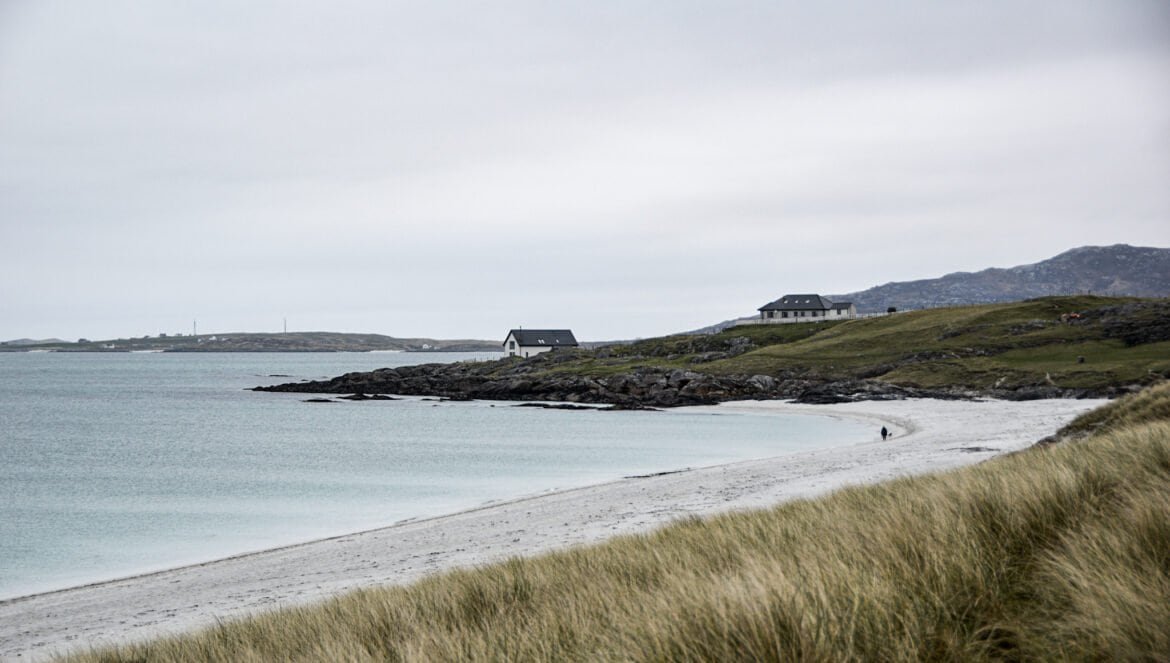
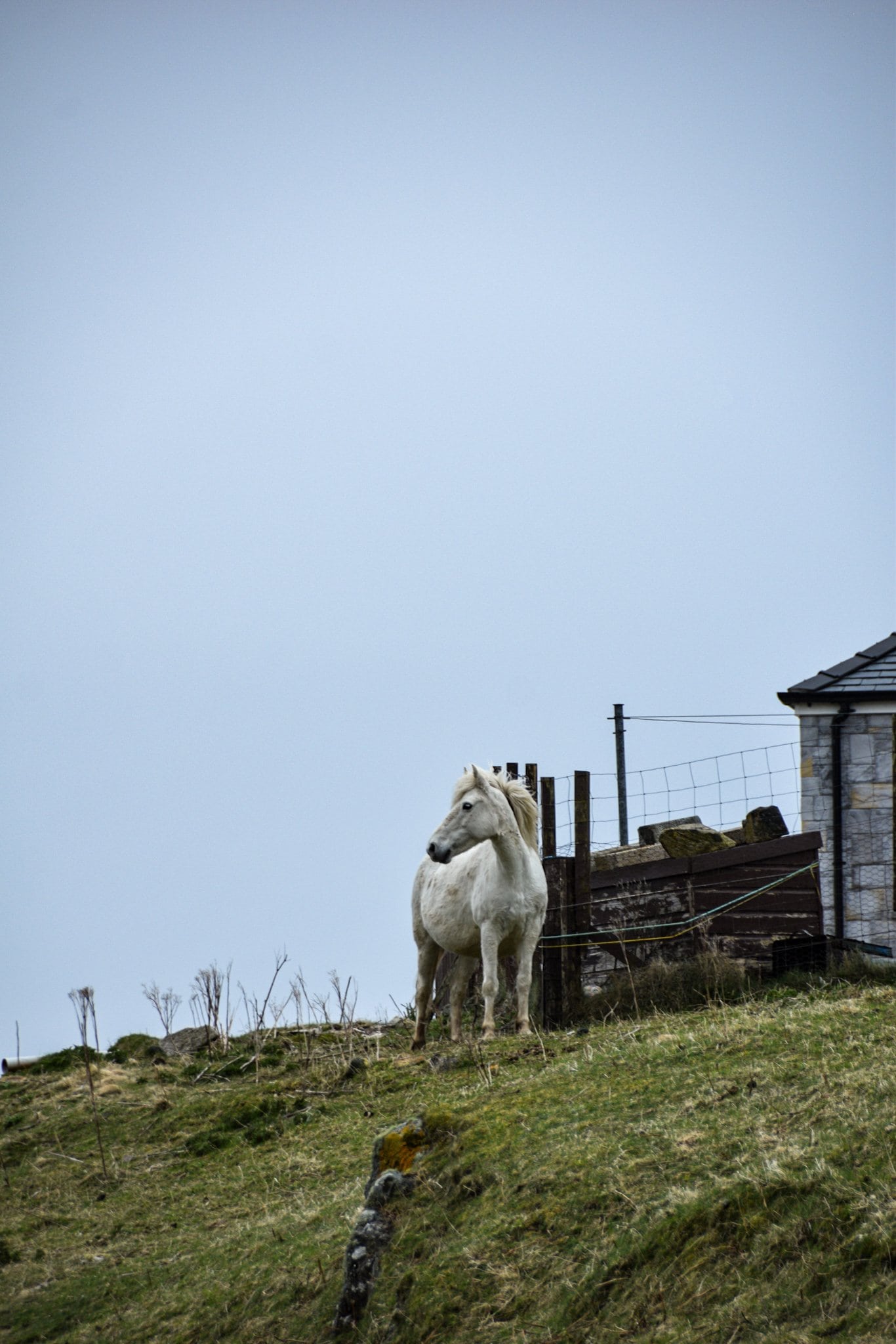
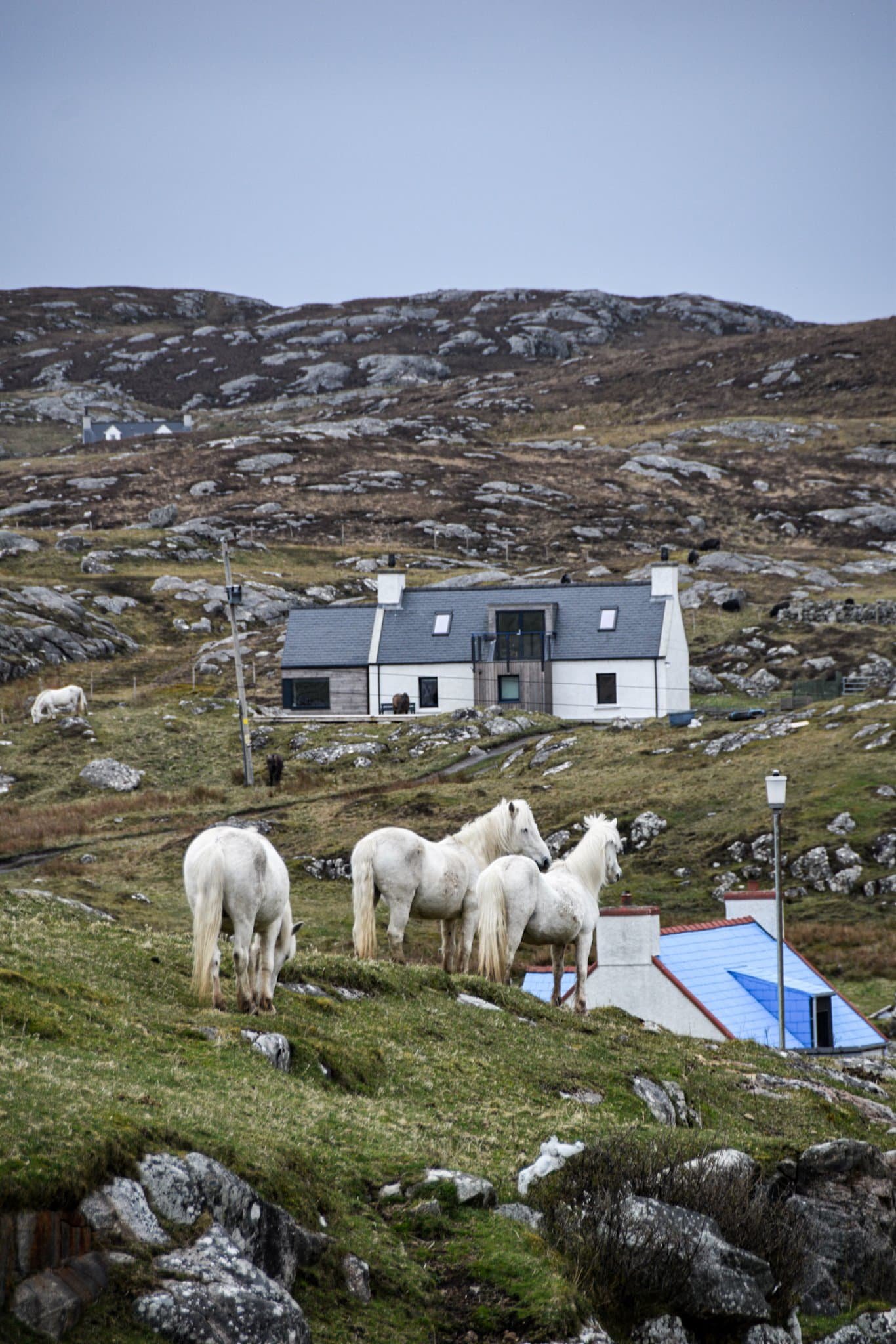
Island serenity on Eriskay.
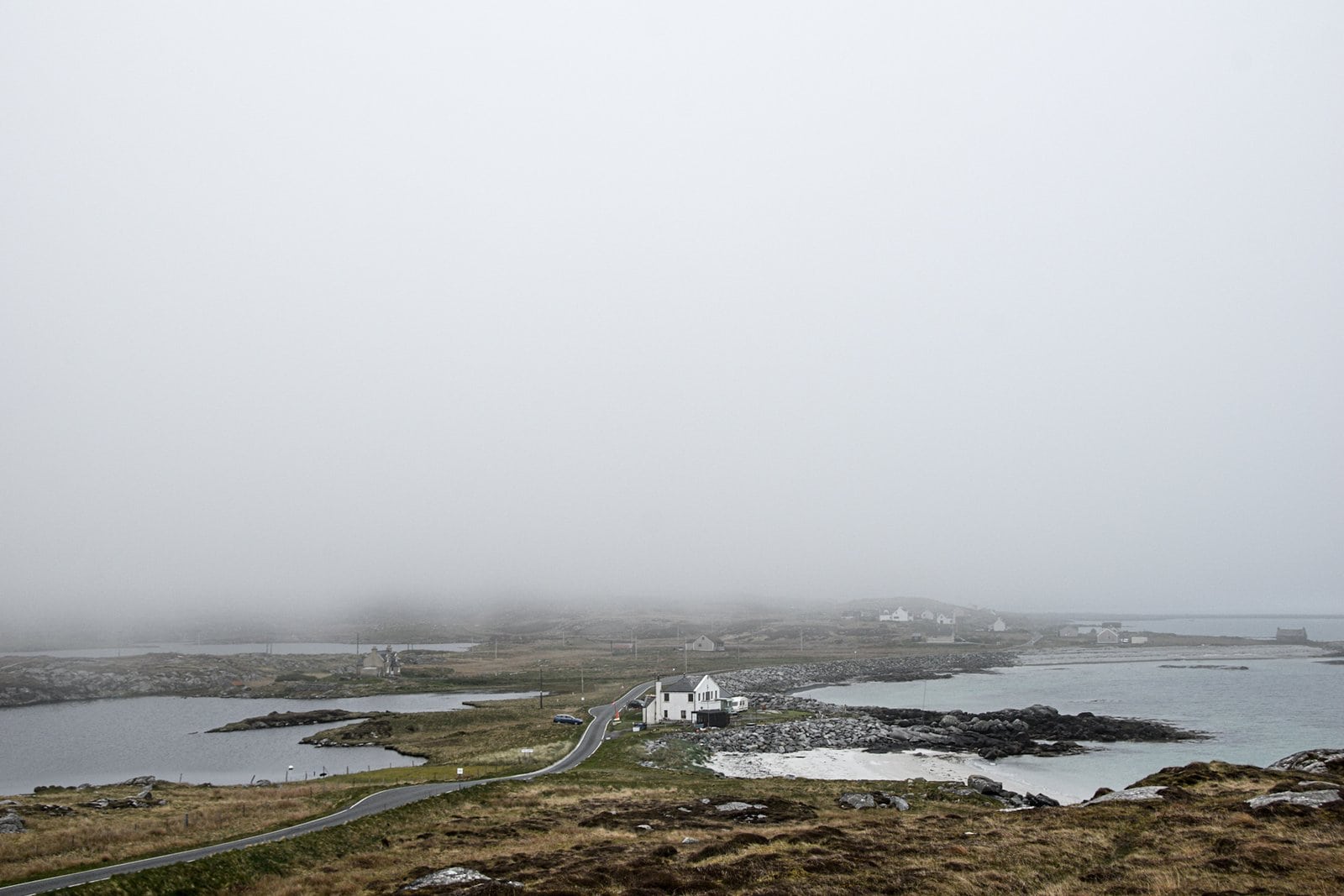
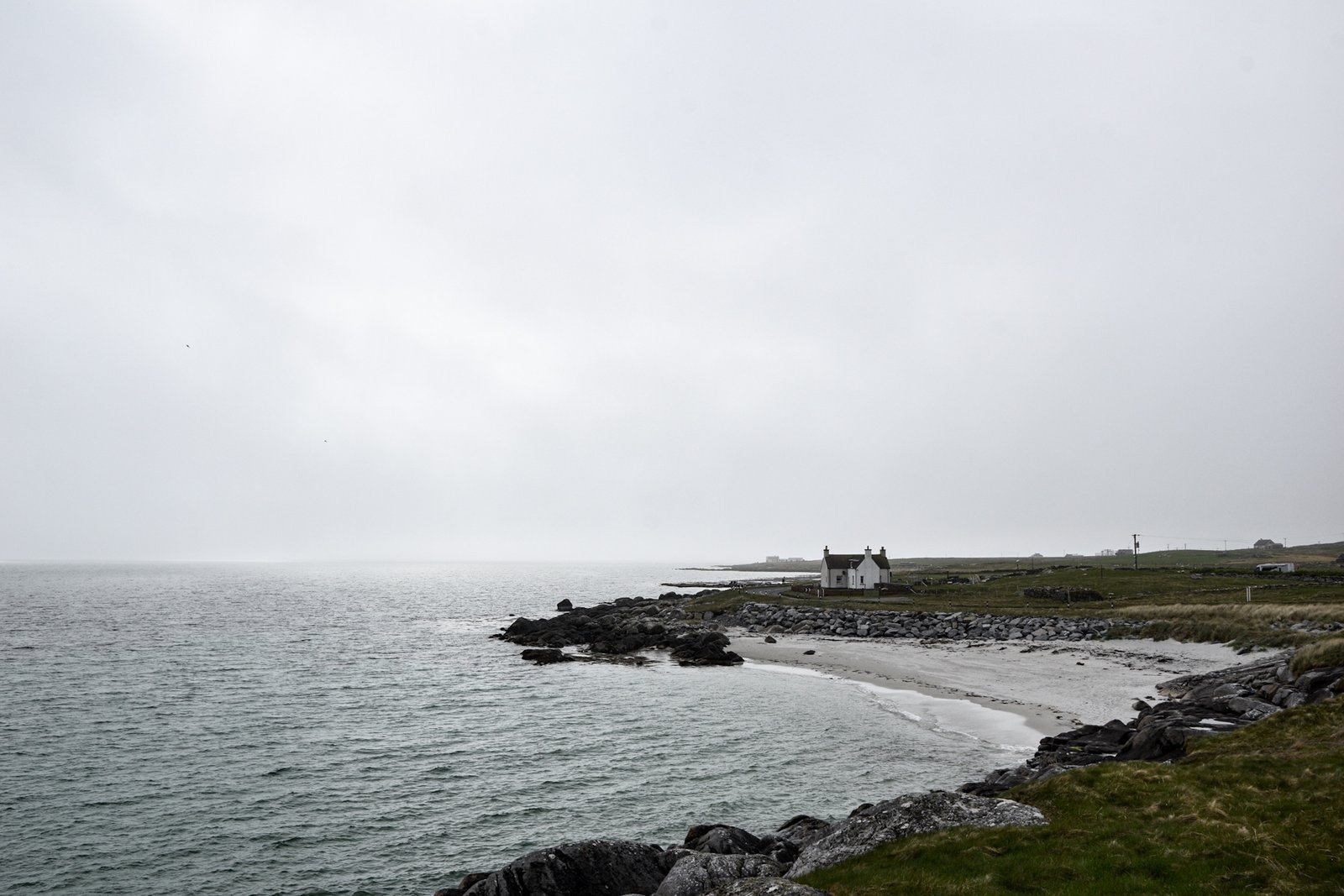
Drab skies and creeping fog are common companions for those traversing the Western Isles.
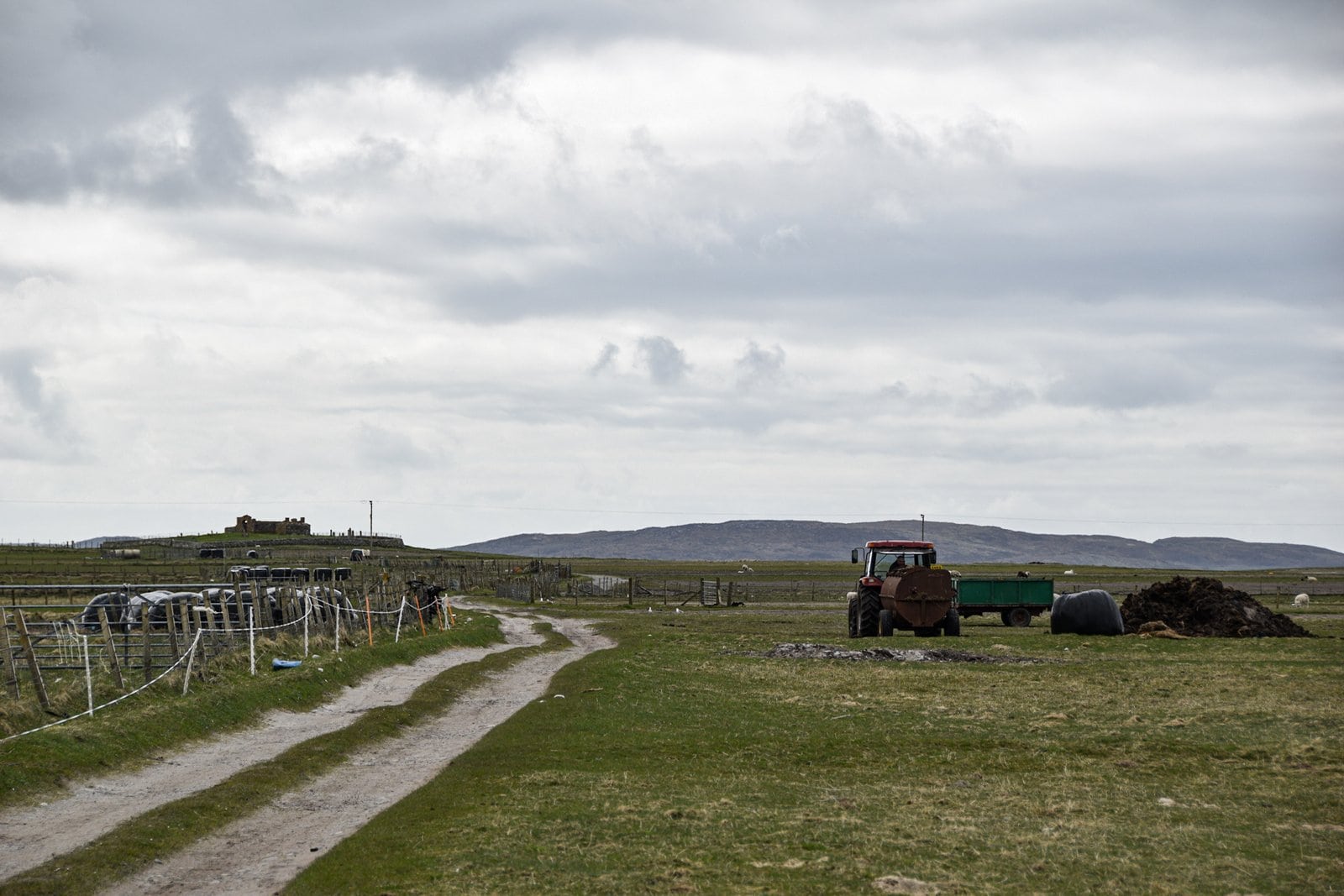

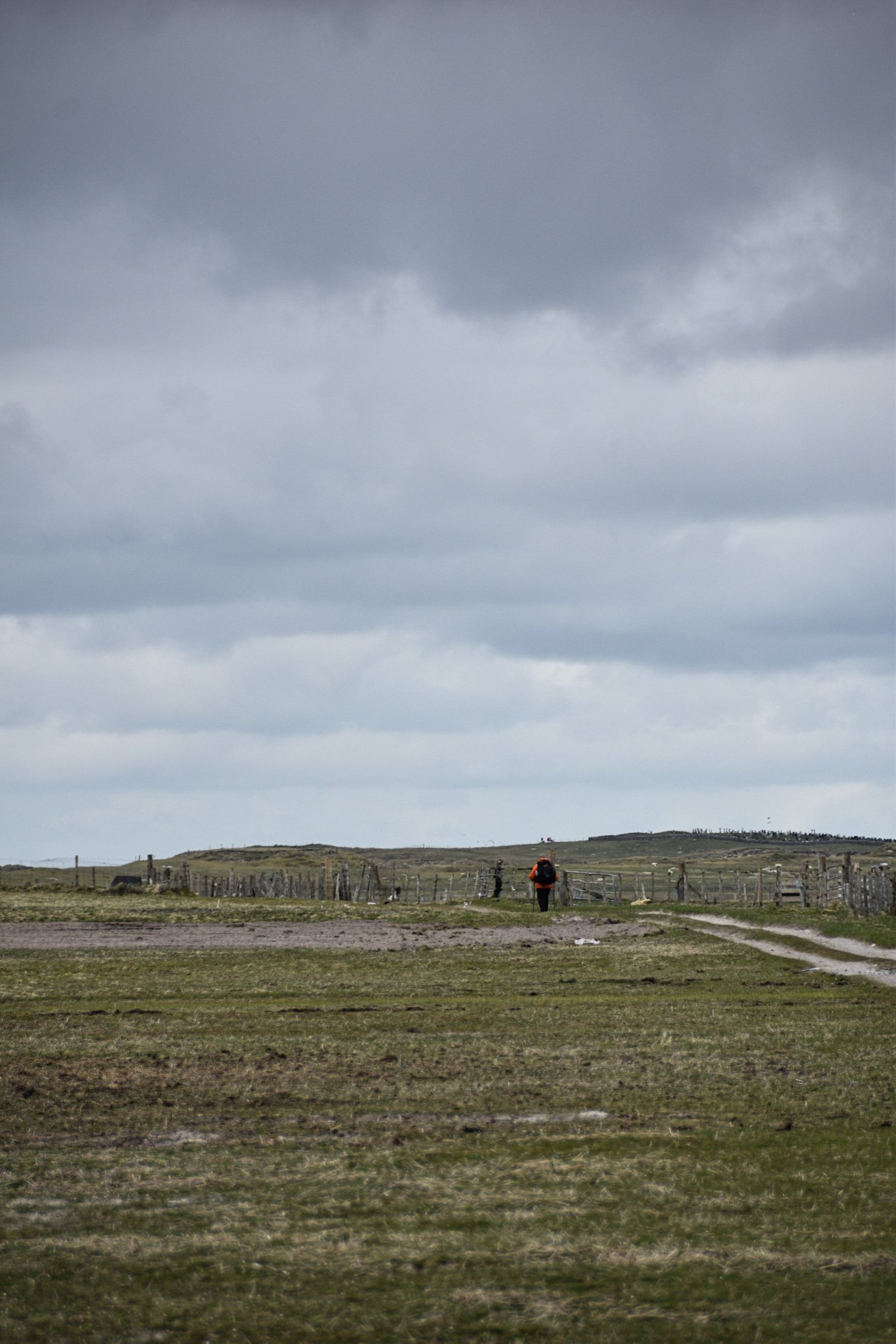
While the eastern half of South Uist towers above the whirling sea, flat farmland constitutes the west of the island.

As in the rest of Scotland, sheep remain by far the most popular lifestock in the Outer Hebrides.


In Scotland, lambing season usually starts at the beginning of March and lasts until the end of May. Visit during these months and you will find green meadows full of adorable furballs bouncing around.
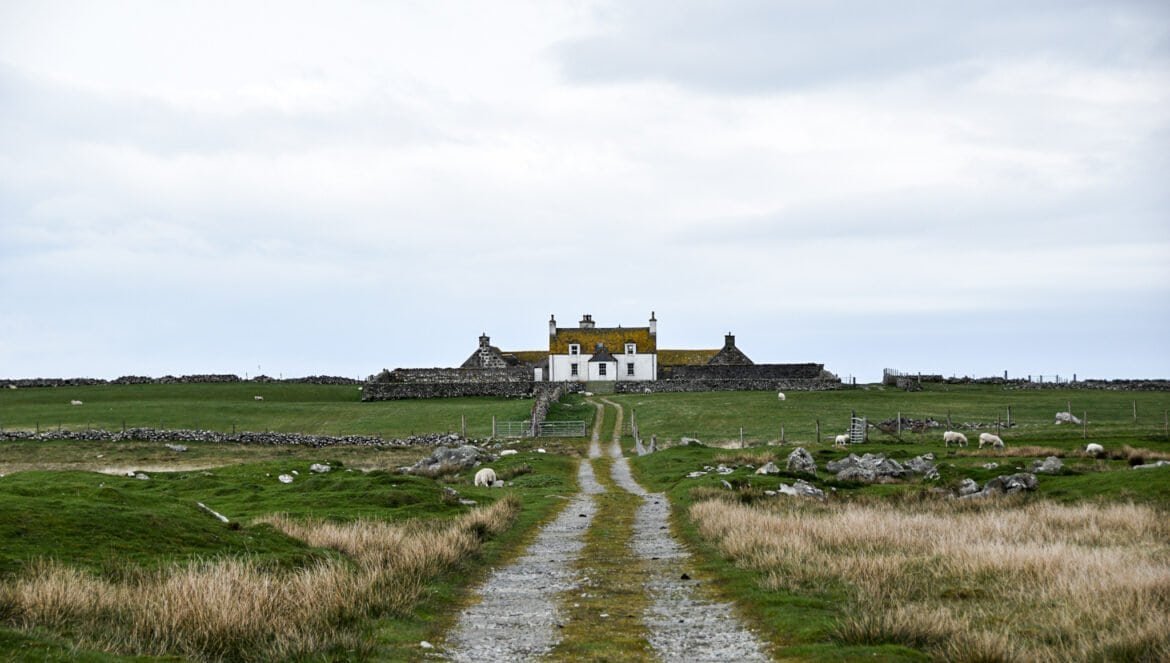
Quaint cottages and bothies (small huts providing shelter to weary travellers) add to the islands’ rustic charm.

Travelling further north, the scenery slowly starts to change as bog land dominates the terrain on Benbecula and North Uist. Good footwear and an ability to travers the soggy peat become essential.
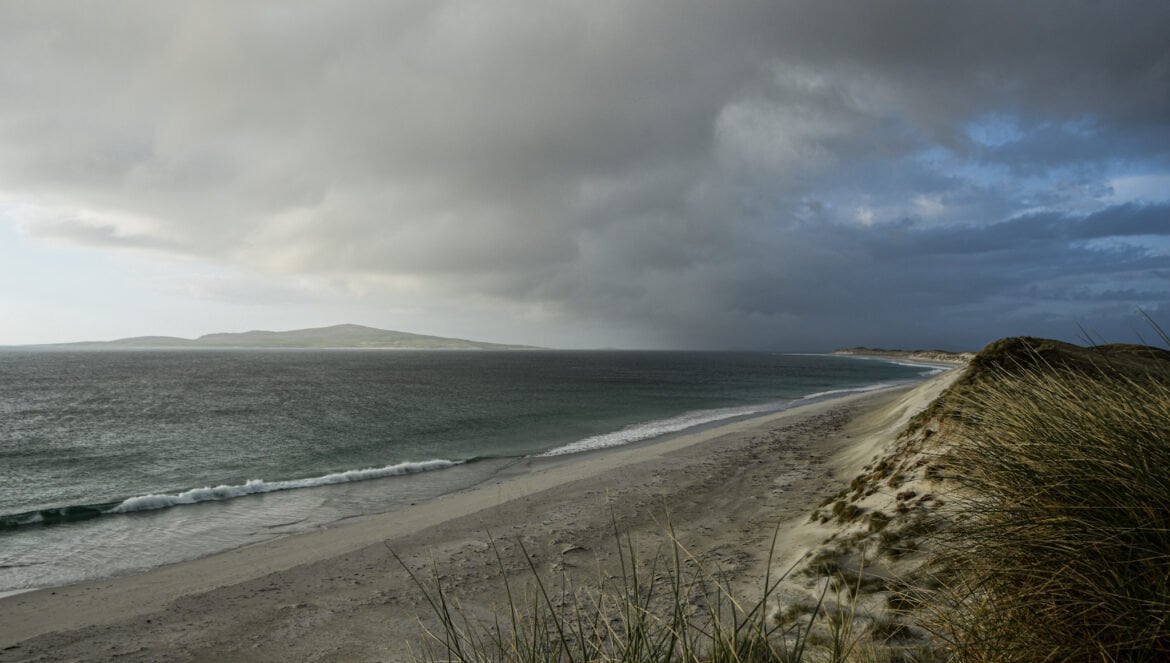
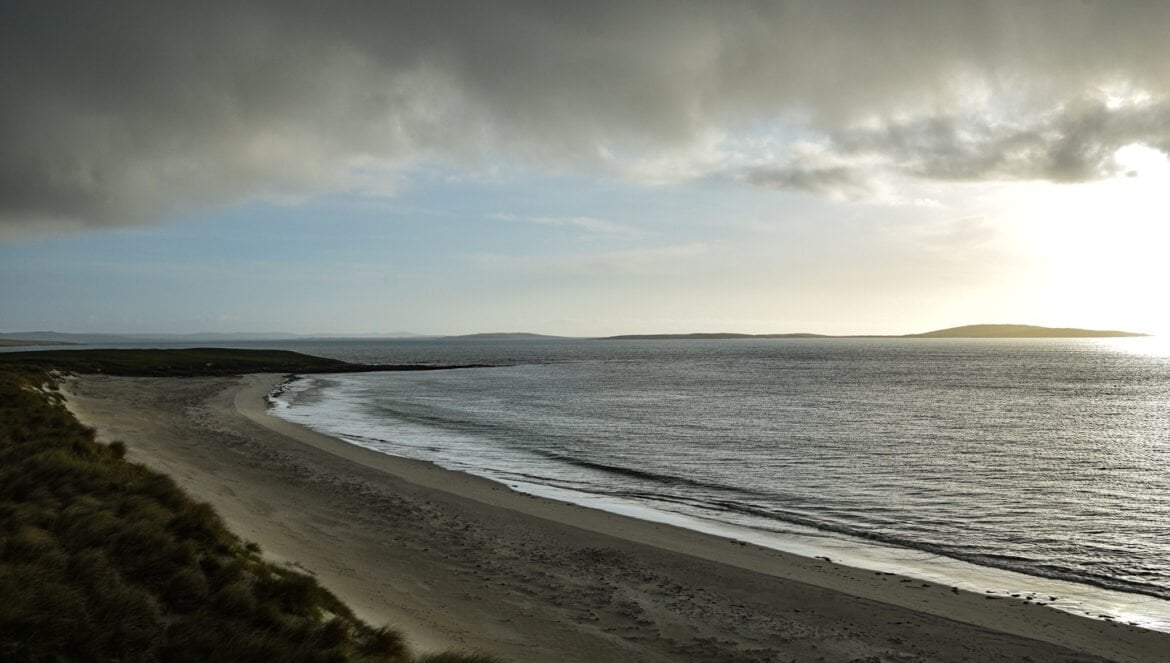
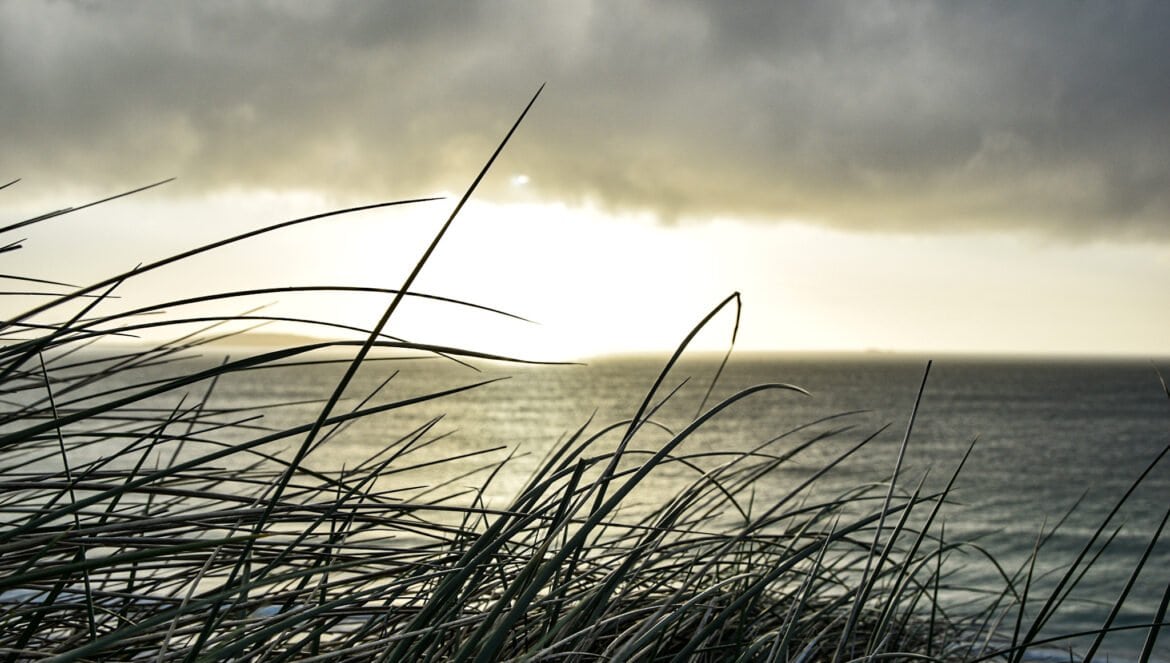
Although one of the smallest, Berneray, graced with her verdant pastures, isolated coves, and mesmerising beaches became my favourite island in the Outer Hebrides.
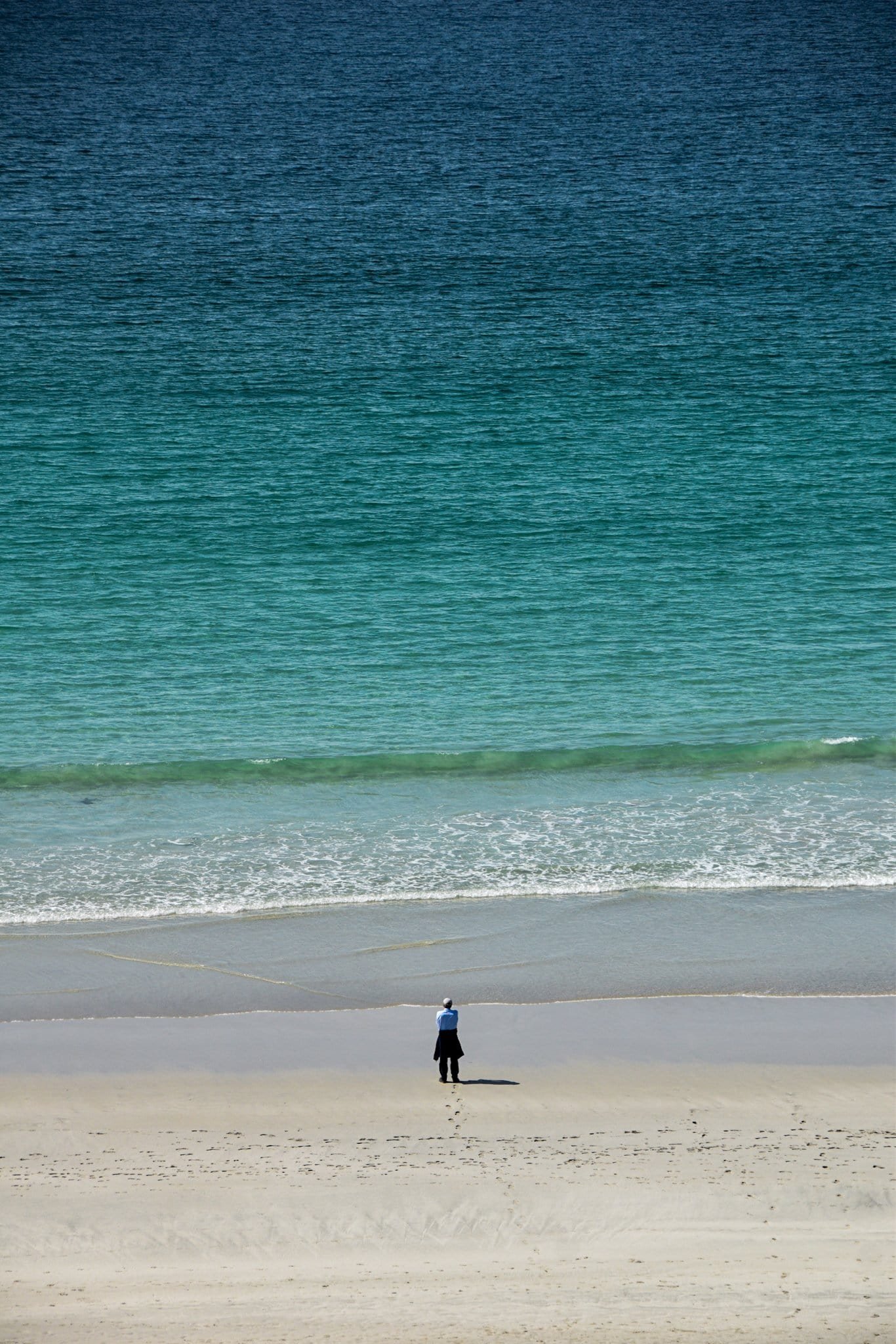

One wouldn’t necessarily associate Scotland with Caribbeanesque shorelines, however unbeknownst to many, the Outer Hebrides are home to some of the world’s most stunning beaches, such as Luskentyre Beach on the Isle of Harris.
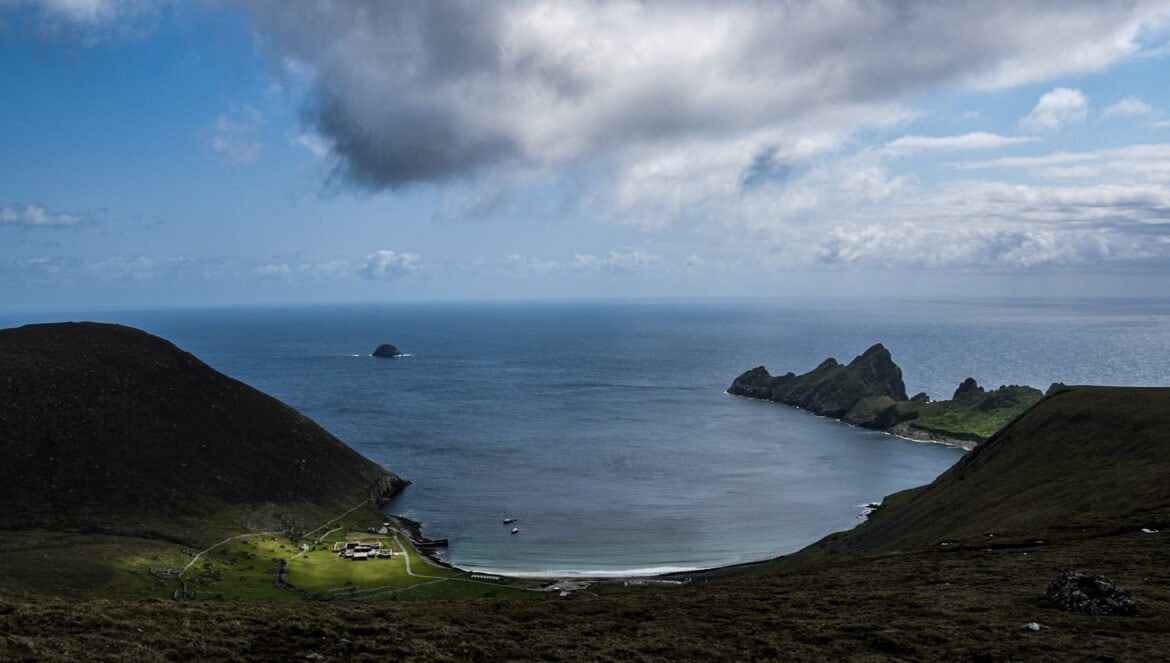

Already settled during the Bronze Age, St. Kilda, Britain’s westernmost point, was only abandoned in 1930 when the last 36 inhabitants were evacuated off the isolated island.
Today, St. Kilda is one of only a handful of places to claim both cultural as well as natural world heritage status, due to her outstanding anthropological value and location as one of Northern Europe’s largest seabird colonies.


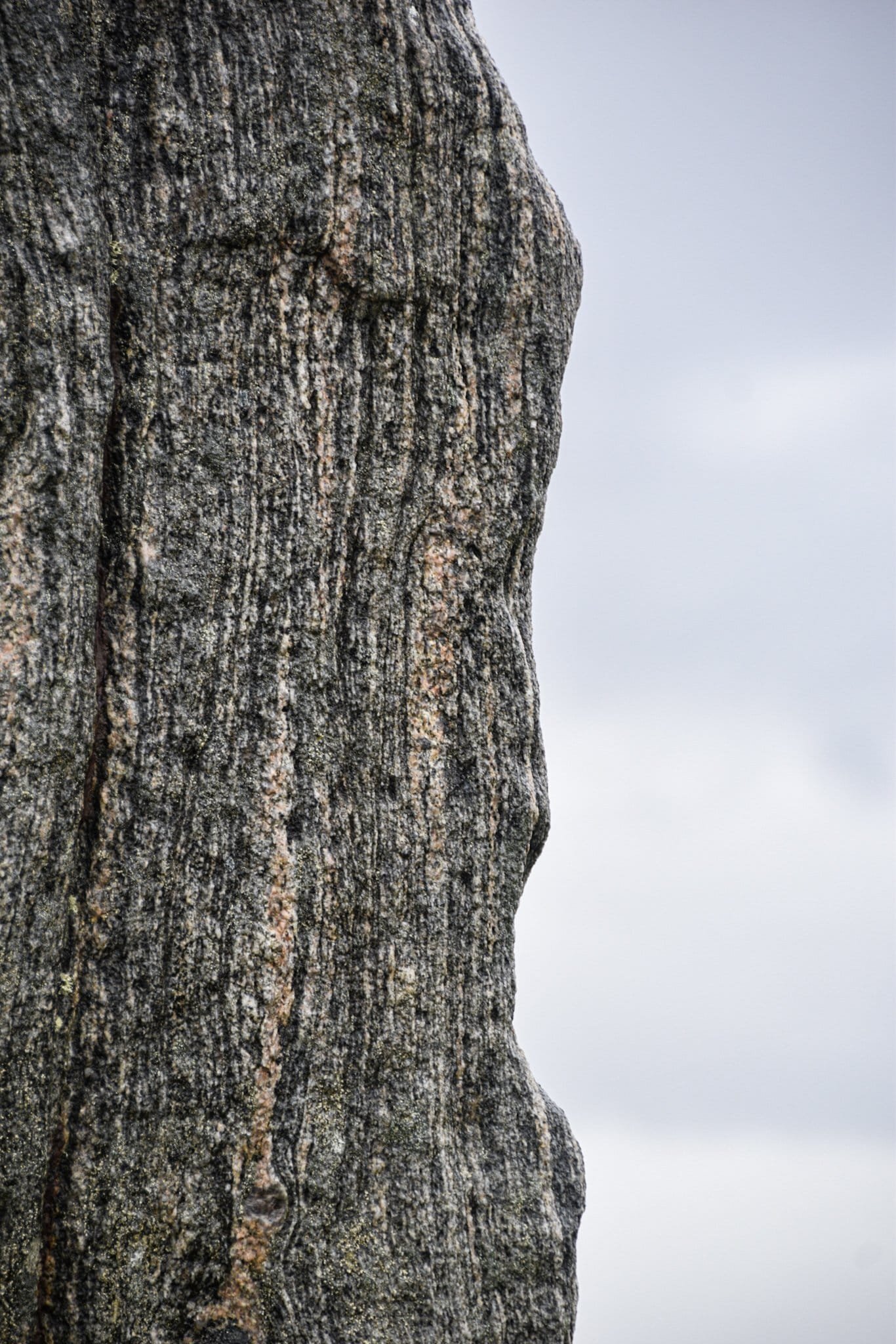
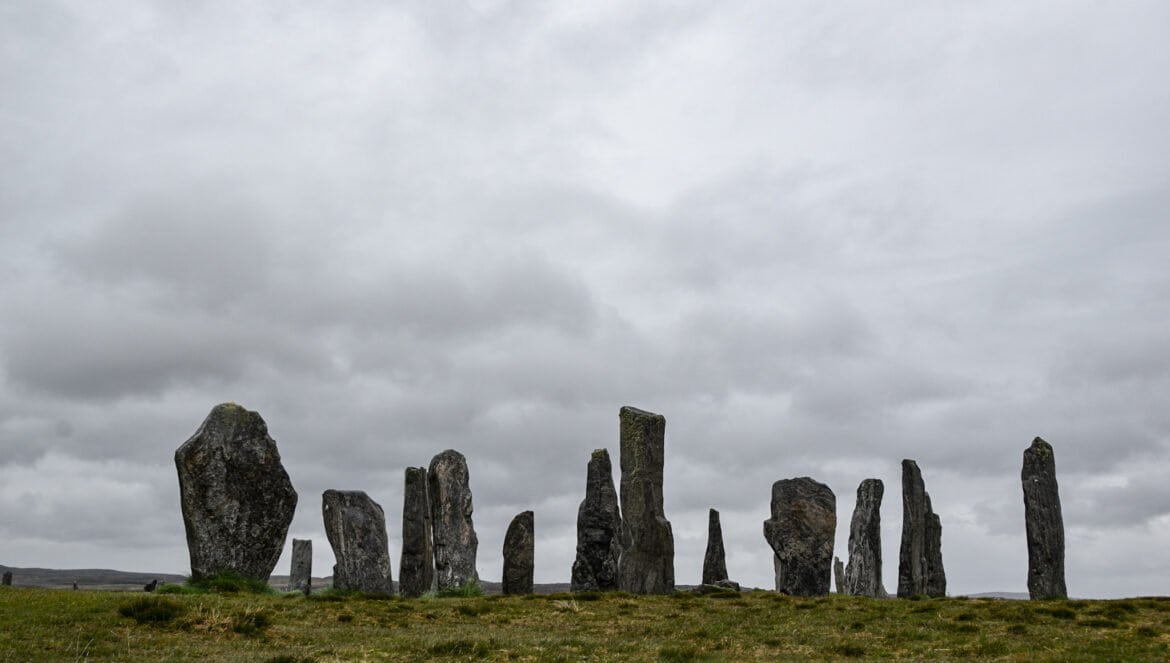
Erected in the Neolithicum (around 3000 BCE) on western Lewis, the true purpose of the Callanish stones remains unknown.
In total, 12 stone circles have been excavated (from an estimated 20+), thus crowning Callanish the largest conglomeration of monolithic structures in the United Kingdom.